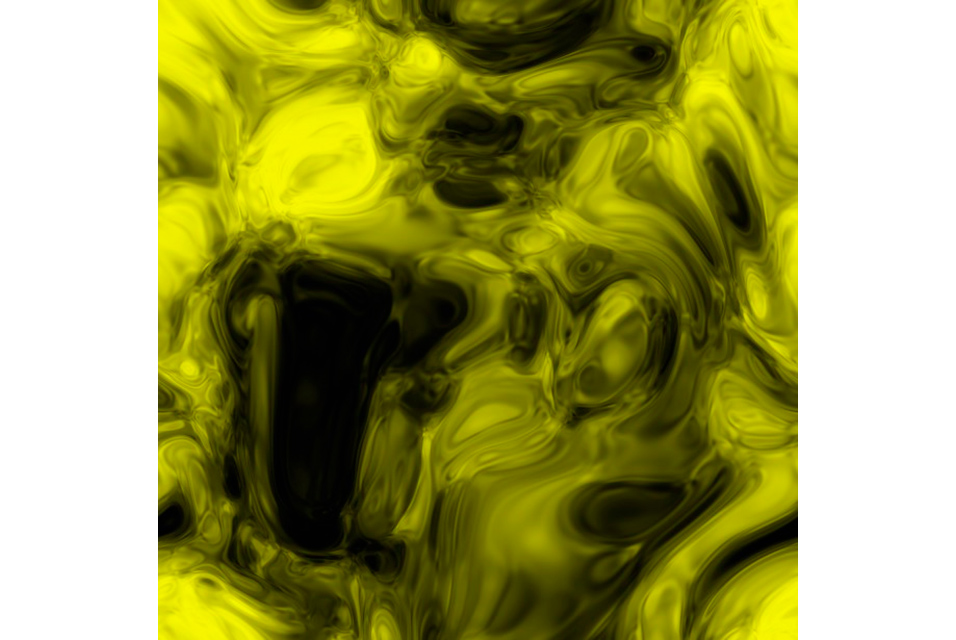BARCELONA.- Certain groupings of bacteria or cellular tissues form systems that are called active fluids. These can flow spontaneously without having to be forced from the outside, since their components are able to generate forces and move autonomously. When the activity is high enough, the spontaneous flows become chaotic, like those observed in the turbulence of ordinary fluids.
University of Barcelona researchers have identified universal laws in this turbulent behavior of active fluids. The results of their work were published in the journal Physical Review X.
Due to their visual resemblance to ordinary turbulence, chaotic flows in active fluids have been called active turbulence. The study of this phenomenon is significant for the design of nanomotors and can explain complex flows observed in living systems, such as those that occur during a wound closure. According to the UB researchers, the results of their work "are relevant because they show that the flows of active turbulence, despite being chaotic and very complex, can be described by simple and generic mathematical laws."
To do this, they experimented with active fluids composed of cytoskeletal proteins and enzymes that provide the necessary energy to generate forces and flow spontaneously. The researchers, members of the institutes of the UB, UBICS and IN2UB, created a thin layer of this active material surrounded by two passive fluids: Water and oil.
In particular, the researchers measured the active fluid flows and experimentally corroborated the existence of two flow regimes that they had already predicted theoretically. In addition, the experiments revealed a new regime caused by the coupling of the active layer with the surrounding passive fluids. The study, therefore, highlights the essential role of the passive fluids surrounding the active system. To explain these results, the researchers have formulated a theoretical framework that—considering the effects of the passive fluids—predicts the power laws observed in the experiments.









